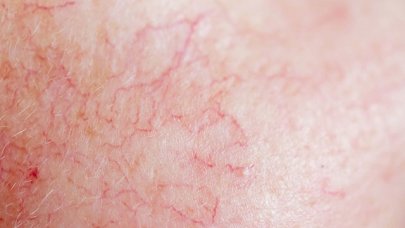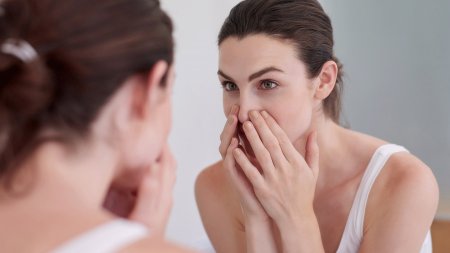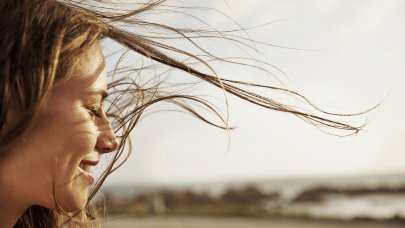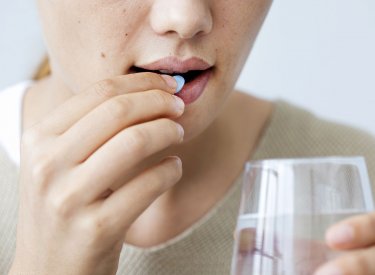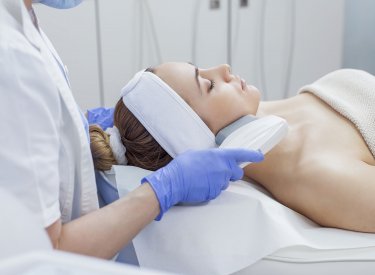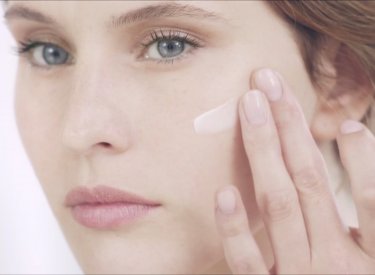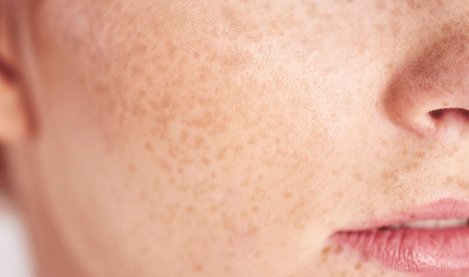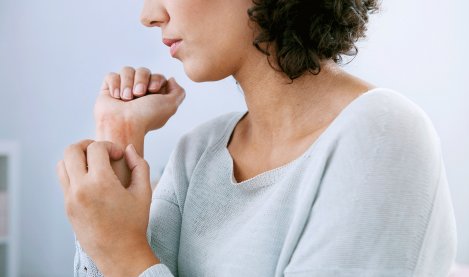Who is affected by couperosis?
People with fair, thin skin are more often affected.
What are the symptoms of rosacea?
Rosacea is a common dermatological condition that only affects the face, particularly the nose, cheeks, forehead and chin. The eyes may be affected (ocular rosacea) but this is rarer. Rosacea is not acne, and the term “acne rosacea” which is sometimes used, is being phased out. This visible skin condition is often psychologically challenging because it causes disfiguration and is frequently mistaken for a sign of chronic alcoholism.
Rosacea is a common dermatological condition that only affects the face, particularly the nose, cheeks, forehead and chin. The eyes may be affected (ocular rosacea) but this is rarer. Rosacea is not acne, and the term “acne rosacea” which is sometimes used, is being phased out. This visible skin condition is often psychologically challenging because it causes disfiguration and is frequently mistaken for a sign of chronic alcoholism.
3 different forms, 3 symptom types

